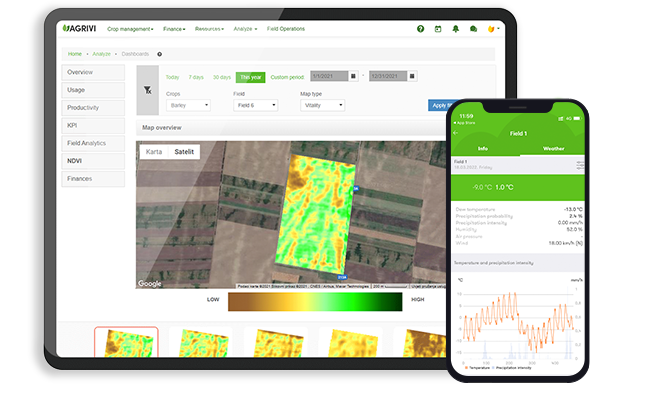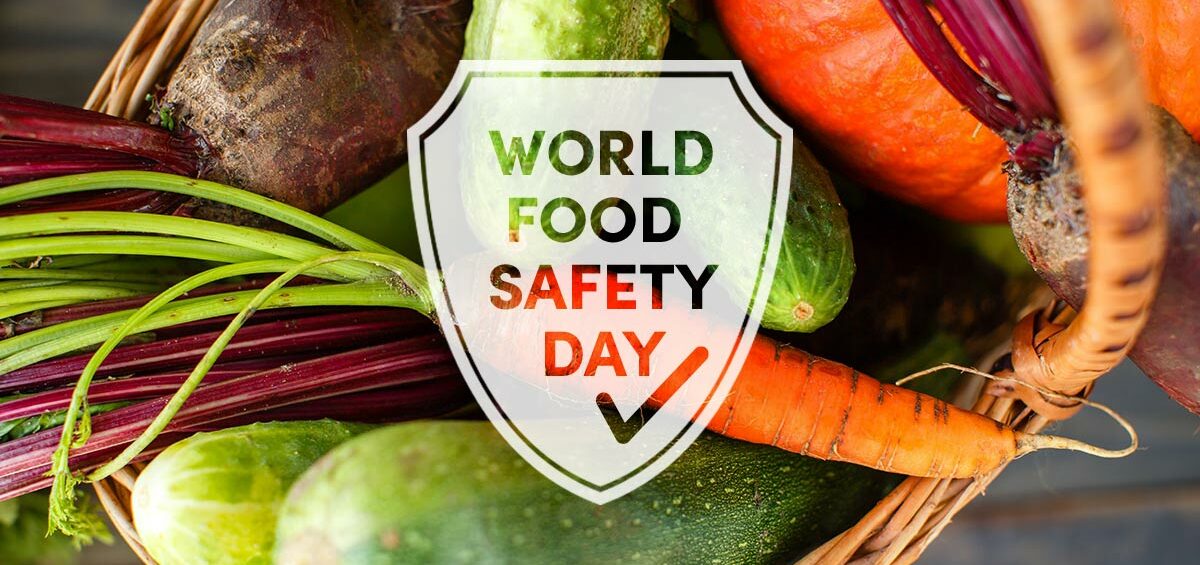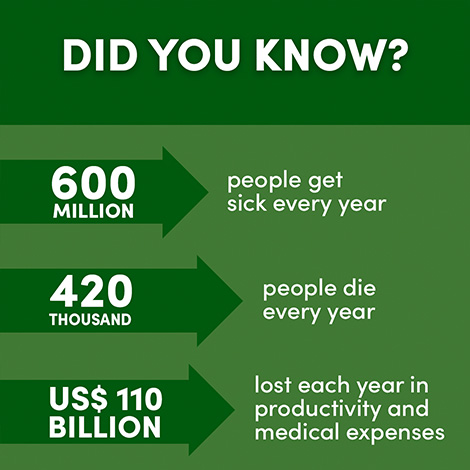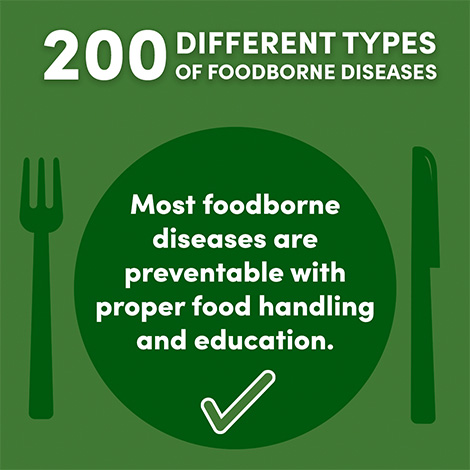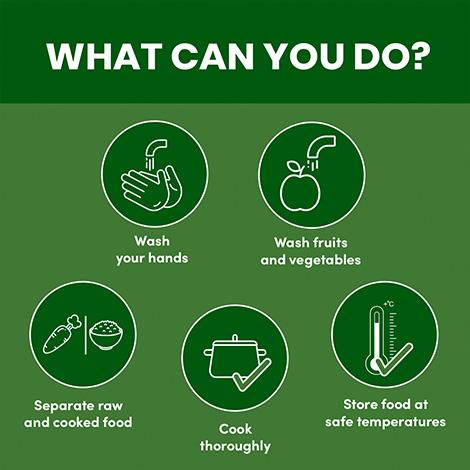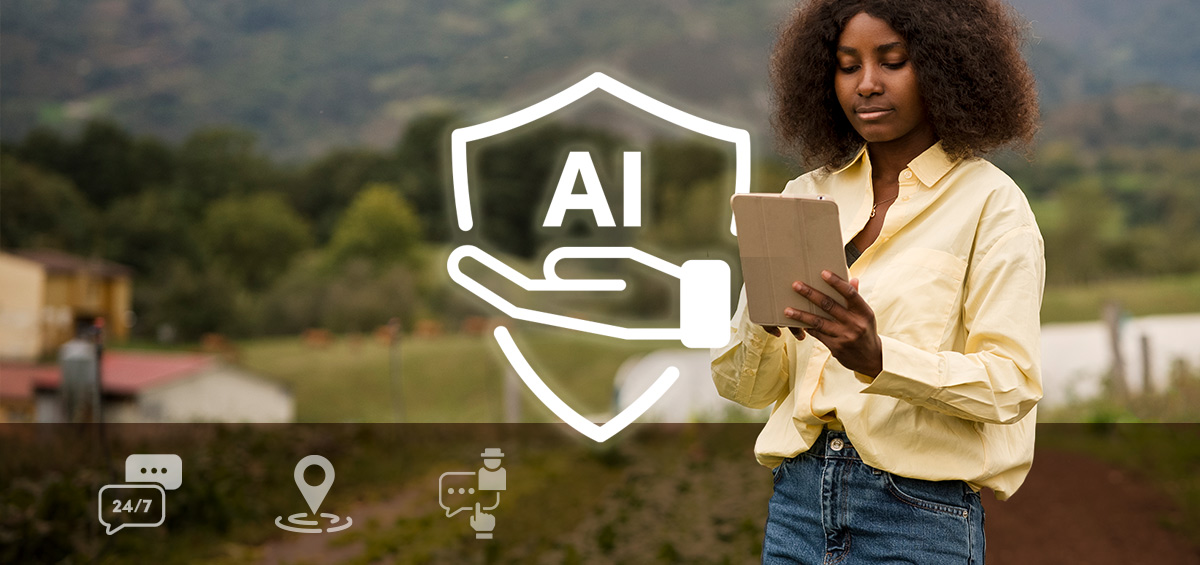Table of Contents
Tackling Food Safety and Securing The Safety of Food Supply In 2022
Food safety is one of the biggest problems of today and a significant public health issue.
Did you know that unsafe food causes more than 200 different diseases? Around the world, an estimated 600 million – almost 1 in 10 people – fall ill or develop a foodborne disease after eating contaminated food laced with bacteria, viruses, parasites or chemical substances such as heavy metals each year. That’s US$ 110 billion lost each year in productivity and medical expenses in low- and middle-income countries.
Although governments all over the world are doing their best to improve the safety of food supply, the occurrence of foodborne illnesses remains a significant health issue in both developed and developing countries.
In 2018, the United Nations General Assembly established World Food Safety Day, which is celebrated annually on June 7 to raise awareness and mobilize action to prevent, detect and manage foodborne risks and improve human health.
World Health Organization (WHO) has announced this year’s theme is “Safer food, better health”, and together with the Food and Agriculture Organization of the United Nations (FAO) jointly facilitate the observance of World Food Safety Day.
The Solution to Global Food Problems Is Sustainable and Traceable Food Production
Did you know food products are among the most-traded commodities in the world?
Due to a growing world population, climate change, globalization of food trade and rapidly changing food systems, the global food supply chain has become increasingly complex and long. Because of these trends influencing the mass production and distribution of food, food safety has never been more important.
A safe food supply is a key to sustaining life and promoting good health. It supports national economies, trade, and tourism, and stimulates sustainable development.
These challenges put greater responsibility on food producers and handlers to ensure food safety. At the same time, awareness about the food we eat has never been higher. Not only do consumers want to know about the origin and traceability, but they are demanding healthy food and information on how the food they eat is produced, processed, packaged, labeled, and sold. Farmers are faced with pressure from the market to address the lack of information by providing insight into a complete production process.
What Is Digital Agriculture and Why Is It Important?
How can we improve the quality and the amount of food produced, ensure compliance with food quality and safety standards, meet sustainable development goals, and make the process transparent and traceable?
Digitalization seems to be the solution to all of the questions above.
Digital agriculture provides numerous possibilities for all the stakeholders of the agrifood chain – from farmers and professional farmer associations to food and beverage companies, agribusiness banks, and agronomic advisory companies.
The Benefits of Digitalization in the Food Industry
The entire agricultural value chain has recognized the critical role of digital agriculture technologies. Countries have raised the digitalization of agriculture high on the list of priorities and encouraged everyone involved to apply for funding and start the process.
But we’ve only just begun. The average digitalization of agriculture in the European Union is about 15 to 20%, while in the US about 30%. That is why the basis for its implementation should be further education, starting from the small farm holders.
If you are a farm owner, you’re probably resisting change because you’ve been running the family business in your own tried and tested ways for years. Or maybe you just recently took over your family business and you’re not sure where and how to start.
Wouldn’t you like to maximize your production, lower your costs and increase your earnings, and deliver the best possible product to your customers?
Digitalization is the future, and it is here. It will ensure productive and sustainable production, with an increase in profitability from 50 to 100% in the first two years.
Through a centralized digital agriculture platform, you get:
- All your data in one place
- Complete production traceability and detailed reports on each product
- Real-time monitoring and data from the field
- Resource usage optimization reduces the environmental footprint
It is estimated that by 2025, the profit due to digitalization will increase to $330 billion, and as a result, food production will grow by as much as 25 percent. It is not a question of whether you should get involved but why you haven’t already. By digitalizing your farm production and implementing farm management software like AGRIVI, you’re one step closer to more sustainable and profitable food production and your consumers to safe, healthy, and nutritious food.
AGRIVI is one of the key global leading farm management companies that supports all the stakeholders of the agri-food chain in producing healthy, nutritious, and safe food by applying sustainable and climate-smart agricultural practices. Learn more about how AGRIVI can support you.
